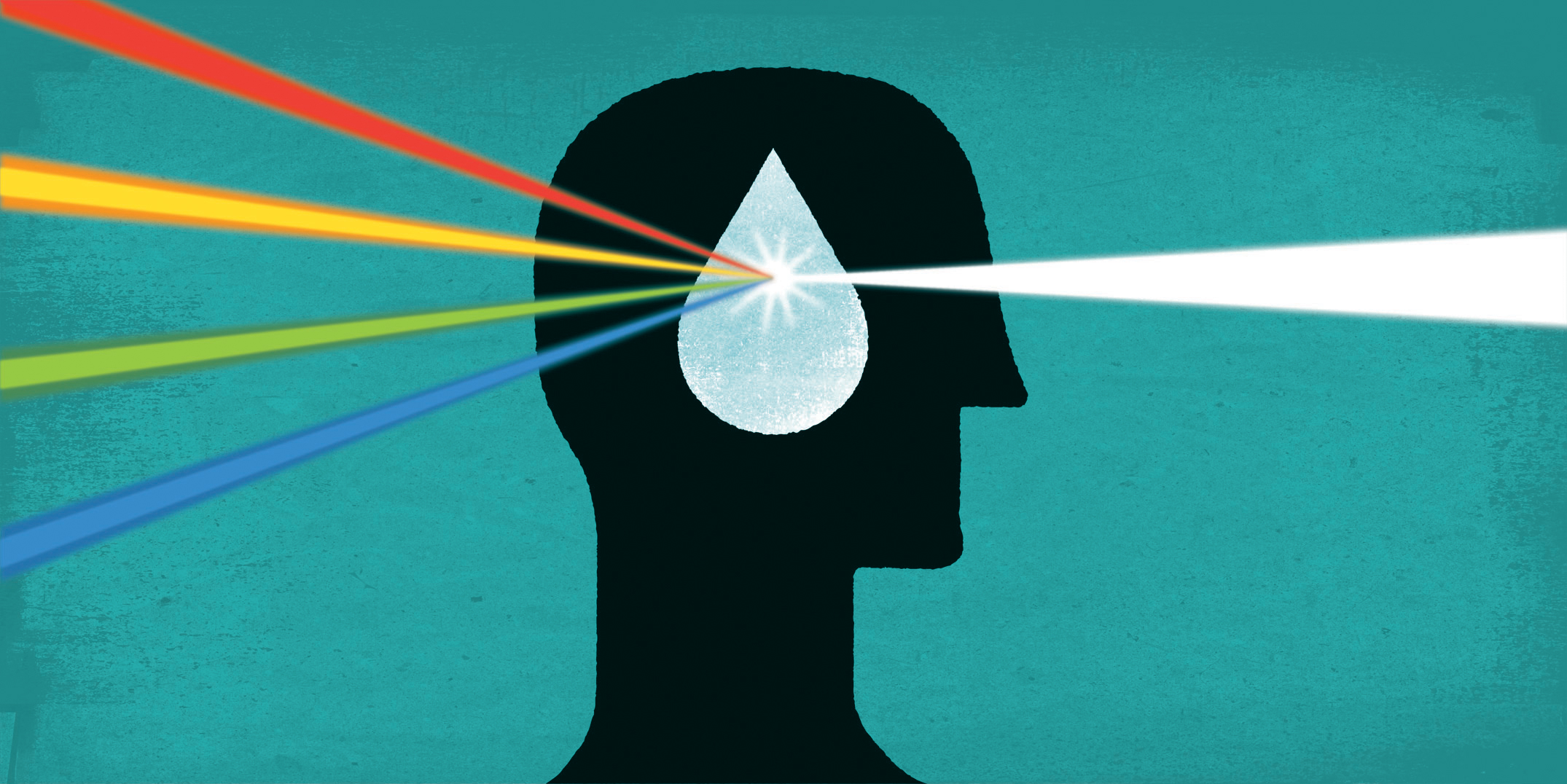The complexity and scope of challenges facing the water industry today can be daunting, but where the old way of thinking sees problems, One Water finds opportunities. This new way of seeing things truly is glass half-full thinking at its finest.
As costs increase, supply uncertainties grow and the demand for supplies shifts, water planners and providers have a lot on their minds. Add to that a growing population, changing climate, looming infrastructure renewal needs, and long-term funding challenges, and the water supply puzzle becomes even more jumbled. But it also gives us a unique opportunity to look at water in new ways, and that’s what makes these such exciting times in the water industry.
Around the country, utility directors and other water industry leaders are advancing solutions to improve water sustainability and resiliency. They are now looking more closely at all water — whether stormwater, groundwater or recycled water — as a resource and are exploring new options for their communities. This One Water approach is resulting in great technological advancements and integrated water management approaches producing cost-effective sustainable water results.
For the water industry, One Water represents a new chapter.
Seeing the industry evolve from what has in the past been a very siloed approach to one that is much more holistic is so gratifying, and holds such wonderful promise. By working in sync, we can deal with water more effectively, to protect it and get more value from it, and to reflect all the needs of the water from human necessity to the ecosystem that makes our very existence possible.
When the Safe Drinking Water Act was passed not long after the Clean Water Act, it set the stage for how a lot of water management has worked over the past four decades, with each sector operating independently. This entrenched way of thinking is hard to change, but not impossible.
As drought persists in California and the Southwest, it becomes even more critical that we do a better job of using water, reusing water, and protecting water.
We’ve exhausted all the easy answers. The simple solutions, along with the readily available water supplies, have been tapped. So, we are breaking the mold and considering new approaches — getting creative in how we collaborate and manage this singular resource. We have new technologies, new governance strategies, and the ability to engineer systems that we didn’t fully understand before. Even better, these technologies are becoming more and more cost-competitive.
There is a new openness to water reuse and green infrastructure, things that have been eschewed in the past. This breaking down of policy, institutional and technical barriers is recognition of what society’s responsibilities are, to find sustainable ways of dealing with what is our most precious resource. It’s a paradigm shift that we want to talk about, that we need to talk about.
This series lays a foundation for this dialogue. We’ll explore the issue in depth, profiling projects that have embraced the concept of integrated water management, talking about branding and public outreach, sharing collaborations and partnerships, and exploring the important role of innovation. We hope you will join the conversation, sharing your stories and insights so we can all learn from each other. Is there something in particular you want to see addressed in this series? Let us know in the comment section below. The conversation starts here.

